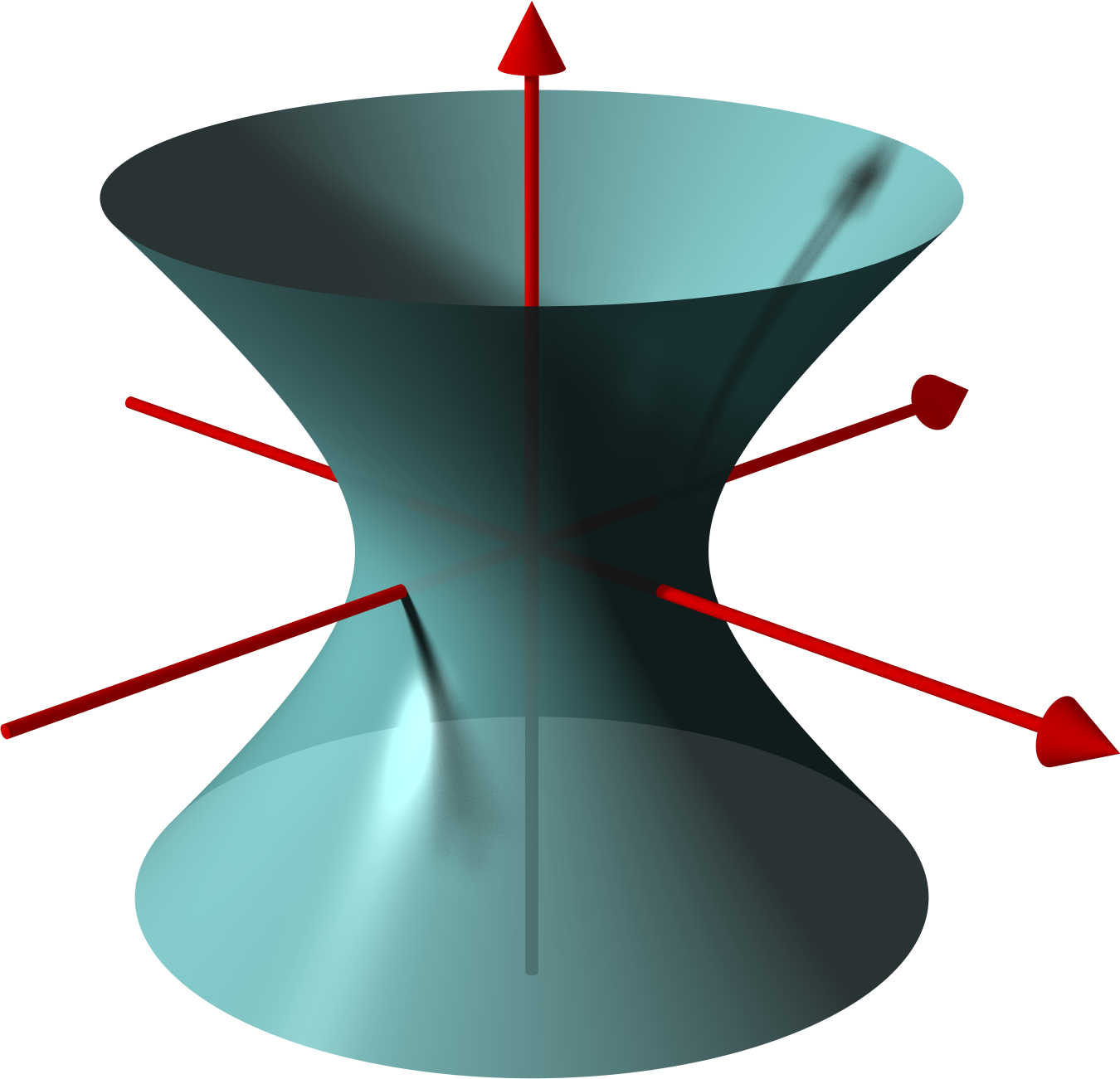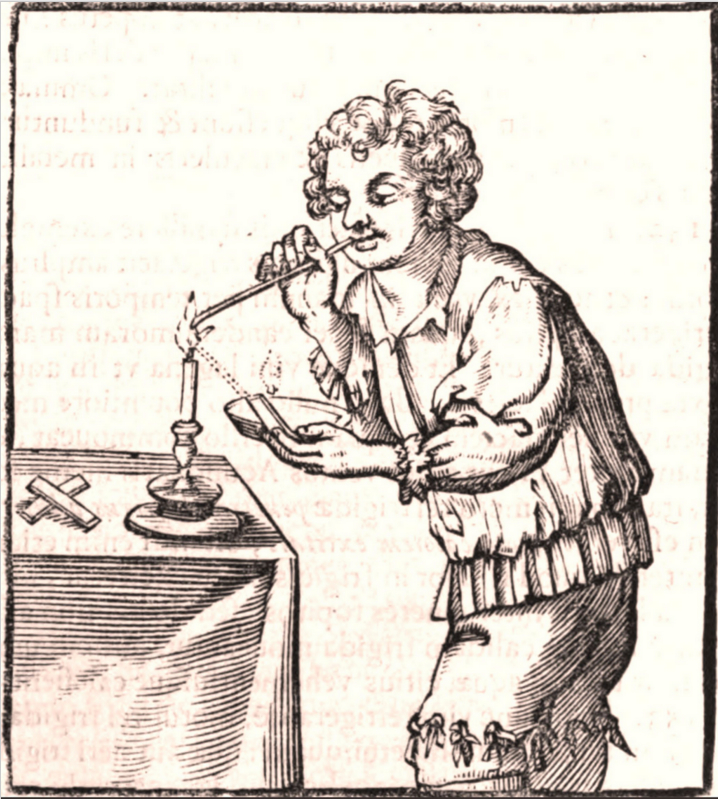|
Grégoire De Saint-Vincent (1584-1667)
Grégoire de Saint-Vincent () - in Latin : Gregorius a Sancto Vincentio, in Dutch : Gregorius van St-Vincent - (8 September 1584 Bruges – 5 June 1667 Ghent) was a Flemish Jesuit and mathematician. He is remembered for his work on quadrature of the hyperbola. He is also known as Gregorio a San Vincente. Grégoire gave the "clearest early account of the summation of geometric series."Margaret Baron, Margaret E. Baron (1969) ''The Origins of the Infinitesimal Calculus'', Pergamon Press, republished 2014 by ElsevierGoogle Books preview/ref> He also resolved Zeno's paradox by showing that the time intervals involved formed a geometric progression and thus had a finite sum. Life Grégoire was born in Bruges 8 September 1584. After reading philosophy in Douai, he entered the Society of Jesus 21 October 1605. His talent was recognized by Christopher Clavius in Rome. Grégoire was sent to Louvain in 1612, and was ordained a priest 23 March 1613. Grégoire began teaching in association w ... [...More Info...] [...Related Items...] OR: [Wikipedia] [Google] [Baidu] |
Squaring The Circle
Squaring the circle is a problem in geometry first proposed in Greek mathematics. It is the challenge of constructing a square (geometry), square with the area of a circle, area of a given circle by using only a finite number of steps with a compass and straightedge. The difficulty of the problem raised the question of whether specified axioms of Euclidean geometry concerning the existence of Line (geometry), lines and circles implied the existence of such a square. In 1882, the task was proven to be impossible, as a consequence of the Lindemann–Weierstrass theorem, which proves that pi (\pi) is a transcendental number. That is, \pi is not the zero of a function, root of any polynomial with Rational number, rational coefficients. It had been known for decades that the construction would be impossible if \pi were transcendental, but that fact was not proven until 1882. Approximate constructions with any given non-perfect accuracy exist, and many such constructions have been f ... [...More Info...] [...Related Items...] OR: [Wikipedia] [Google] [Baidu] |
Cylinder (geometry)
A cylinder () has traditionally been a three-dimensional solid, one of the most basic of curvilinear geometric shapes. In elementary geometry, it is considered a prism with a circle as its base. A cylinder may also be defined as an infinite curvilinear surface in various modern branches of geometry and topology. The shift in the basic meaning—solid versus surface (as in a solid ball versus sphere surface)—has created some ambiguity with terminology. The two concepts may be distinguished by referring to solid cylinders and cylindrical surfaces. In the literature the unadorned term "cylinder" could refer to either of these or to an even more specialized object, the '' right circular cylinder''. Types The definitions and results in this section are taken from the 1913 text ''Plane and Solid Geometry'' by George A. Wentworth and David Eugene Smith . A ' is a surface consisting of all the points on all the lines which are parallel to a given line and which pass through ... [...More Info...] [...Related Items...] OR: [Wikipedia] [Google] [Baidu] |
Ungula
In solid geometry, an ungula is a region of a solid of revolution, cut off by a plane oblique to its base. A common instance is the spherical wedge. The term ''ungula'' refers to the hoof of a horse, an anatomical feature that defines a class of mammals called ungulates. The volume of an ungula of a cylinder was calculated by Grégoire de Saint Vincent. Two cylinders with equal radii and perpendicular axes intersect in four double ungulae.Blaise Pascalbr>Lettre de Dettonville a Carcavidescribes the onglet and double onglet, link from HathiTrust The bicylinder formed by the intersection had been measured by Archimedes in The Method of Mechanical Theorems, but the manuscript was lost until 1906. A historian of calculus described the role of the ungula in integral calculus: :Grégoire himself was primarily concerned to illustrate by reference to the ''ungula'' that volumetric integration could be reduced, through the ''ductus in planum'', to a consideration of geometric relations be ... [...More Info...] [...Related Items...] OR: [Wikipedia] [Google] [Baidu] |
Volume
Volume is a measure of regions in three-dimensional space. It is often quantified numerically using SI derived units (such as the cubic metre and litre) or by various imperial or US customary units (such as the gallon, quart, cubic inch). The definition of length and height (cubed) is interrelated with volume. The volume of a container is generally understood to be the capacity of the container; i.e., the amount of fluid (gas or liquid) that the container could hold, rather than the amount of space the container itself displaces. By metonymy, the term "volume" sometimes is used to refer to the corresponding region (e.g., bounding volume). In ancient times, volume was measured using similar-shaped natural containers. Later on, standardized containers were used. Some simple three-dimensional shapes can have their volume easily calculated using arithmetic formulas. Volumes of more complicated shapes can be calculated with integral calculus if a formula exists for the shape ... [...More Info...] [...Related Items...] OR: [Wikipedia] [Google] [Baidu] |
Solid (geometry)
Solid geometry or stereometry is the geometry of three-dimensional Euclidean space (3D space). A solid figure is the region of 3D space bounded by a two-dimensional closed surface; for example, a solid ball consists of a sphere and its interior. Solid geometry deals with the measurements of volumes of various solids, including pyramids, prisms (and other polyhedrons), cubes, cylinders, cones (and truncated cones). History The Pythagoreans dealt with the regular solids, but the pyramid, prism, cone and cylinder were not studied until the Platonists. Eudoxus established their measurement, proving the pyramid and cone to have one-third the volume of a prism and cylinder on the same base and of the same height. He was probably also the discoverer of a proof that the volume enclosed by a sphere is proportional to the cube of its radius.Paraphrased and taken in part from the ''1911 Encyclopædia Britannica''. Topics Basic topics in solid geometry and stereometry include: * ... [...More Info...] [...Related Items...] OR: [Wikipedia] [Google] [Baidu] |
Historia Mathematica
''Historia Mathematica: International Journal of History of Mathematics'' is an academic journal on the history of mathematics published by Elsevier. It was established by Kenneth O. May in 1971 as the free newsletter ''Notae de Historia Mathematica'', but by its sixth issue in 1974 had turned into a full journal. The International Commission on the History of Mathematics began awarding the Montucla Prize, for the best article by an early career scholar in ''Historia Mathematica'', in 2009. The award is given every four years. Editors The editor in chief, editors of the journal have been: * Kenneth O. May (1974–1977) * Joseph Dauben, Joseph W. Dauben (1977–1985) * Eberhard Knobloch (1985–1994) * David E. Rowe (1994–1996) * Karen Hunger Parshall (1996–2000) * Craig Fraser and Umberto Bottazzini (2000–2004) * Craig Fraser (2004–2007) * Benno van Dalen (2007–2009) * June Barrow-Green and Niccolò Guicciardini (2010–2013) * Niccolò Guicciardini and Tom Archibald ... [...More Info...] [...Related Items...] OR: [Wikipedia] [Google] [Baidu] |
Rodrigo De Arriaga
Rodrigo de Arriaga (; 17 January 1592 – 7 June 1667) was a Spanish philosopher, theologian and Jesuit. He is known as one of the foremost Spanish Jesuits of his day and as a leading representative of post- Suárezian baroque Jesuit nominalism. According to Richard Popkin, Arriaga was “the last of the great Spanish Scholastics”. Life Born in 1592, at Logroño in Castile, he joined the Society of Jesus on 17 September 1606, when he was 14 years old. He studied philosophy and theology under Pedro Hurtado de Mendoza and taught philosophy (1620–1623) and theology (1624) in Valladolid and theology in Salamanca (1624–1625). On 12 November 1623, he took the fourth vow in the Society of Jesus. In 1625 he was sent to the University of Prague, where he remained for the rest of his life. Arriaga was solemnly declared a doctor of theology in Prague in January 1626, and shortly thereafter began teaching. Arriaga was instrumental in establishing Jesuit control over the Bohemian ... [...More Info...] [...Related Items...] OR: [Wikipedia] [Google] [Baidu] |
Theodorus Moretus
Theodorus Moretus, also known as Theodor or Theodore Moretus (1602–1667) was a Flemish Jesuit priest who was also a mathematician, geometer, theologian and philosopher. He spent most of his working life in Prague and Wrocław, Breslau (now Wroclaw) where he taught philosophy, theology and mathematics. He published a number of treatises on these three subjects and also on physics and music theory.Leon Voet, ''The Golden Compasses. The History of the House of Plantin-Moretus'' at DBNL Life [...More Info...] [...Related Items...] OR: [Wikipedia] [Google] [Baidu] |
Apoplexy
Apoplexy () refers to the rupture of an internal organ and the associated symptoms. Informally or metaphorically, the term ''apoplexy'' is associated with being furious, especially as "apoplectic". Historically, it described what is now known as a hemorrhagic stroke, typically involving a ruptured blood vessel in the brain; modern medicine typically specifies the anatomical location of the bleeding, such as cerebral apoplexy, ovarian apoplexy, or pituitary apoplexy. Historical meaning From the late 14th to the late 19th century, the diagnosis ''apoplexy'' referred to any sudden death that began with abrupt loss of consciousness, especially when the victim died within seconds after losing consciousness. The word ''apoplexy'' was sometimes used to refer to the symptom of sudden loss of consciousness immediately preceding death. Strokes, ruptured aortic aneurysms, and even heart attacks were referred to as apoplexy in the past, because before the advent of biomedical scienc ... [...More Info...] [...Related Items...] OR: [Wikipedia] [Google] [Baidu] |
Emperor Ferdinand II
Ferdinand II (9 July 1578 – 15 February 1637) was Holy Roman Emperor, King of Bohemia, King of Hungary, Hungary, and List of Croatian monarchs, Croatia from 1619 until his death in 1637. He was the son of Archduke Charles II, Archduke of Austria, Charles II of Inner Austria and Maria Anna of Bavaria (born 1551), Maria of Bavaria, who were devout Catholic Church, Catholics. In 1590, when Ferdinand was 11 years old, they sent him to study at the University of Ingolstadt, Jesuits' college in Ingolstadt because they wanted to isolate him from the Lutheranism, Lutheran nobles. A few months later, his father died, and he inherited Inner Austria–Duchy of Styria, Styria, Duchy of Carinthia, Carinthia, Duchy of Carniola, Carniola and smaller provinces. His cousin, Rudolf II, Holy Roman Emperor, who was the head of the Habsburg family, appointed regents to administer these lands. Ferdinand was installed as the actual ruler of the Inner Austrian provinces in 1596 and 1597. Rudolf II al ... [...More Info...] [...Related Items...] OR: [Wikipedia] [Google] [Baidu] |


